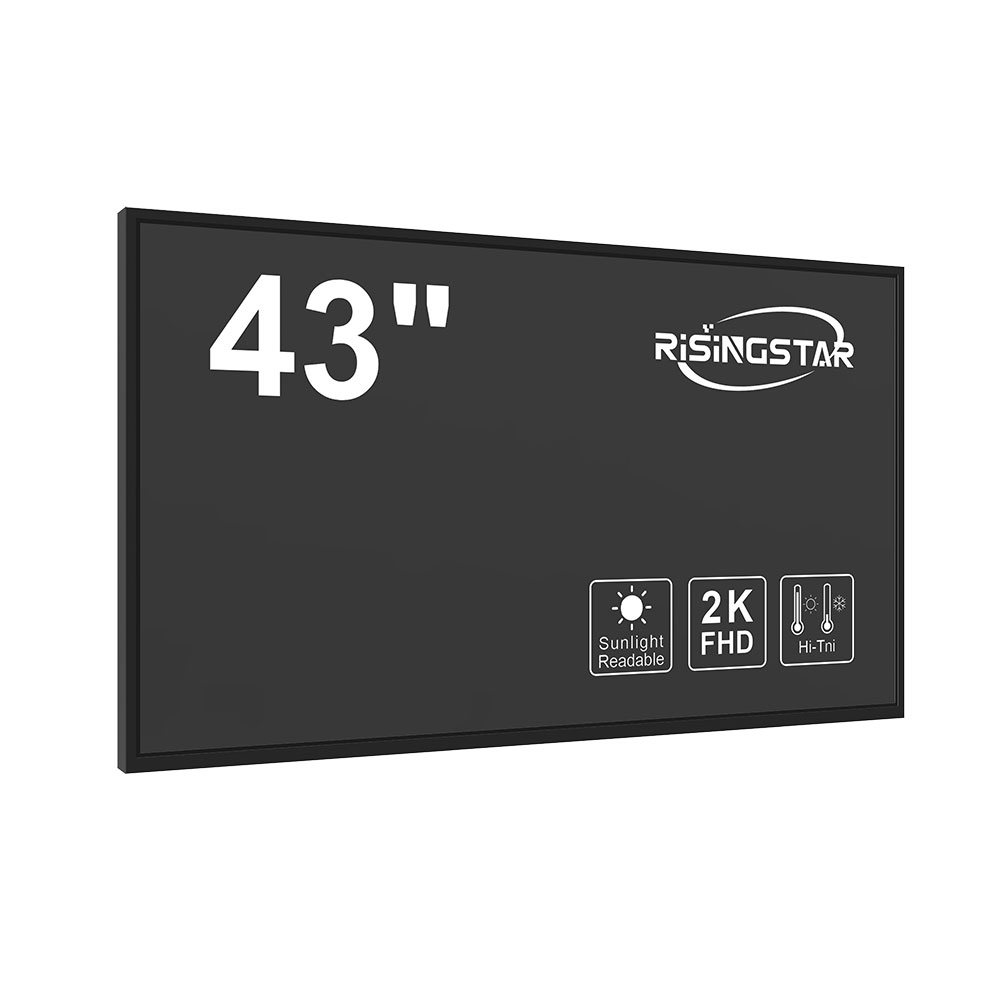When selecting a sunlight readable high brightness LCD screen for outdoor applications, engineers and system integrators must prioritize performance under extreme lighting conditions—especially direct sunlight. These screens are not just regular displays; they are specialized solutions engineered to maintain visibility in environments where standard LCDs fail due to glare or low contrast.
The core requirement for sunlight readability is a minimum brightness of 1000 nits, though professional-grade devices often exceed 3000 nits. This level ensures the display remains legible even under direct solar irradiance (typically around 100,000 lux). Industry standards such as MIL-STD-810G and IEC 60068-2-1 specify environmental testing protocols that validate robustness in temperature extremes, humidity, and vibration—critical for military, industrial, and transportation applications.

Key technical features to evaluate include:
- Anti-reflective coatings (e.g., matte glass with nanostructured surfaces) that reduce specular reflection by up to 95%.
- Transflective or reflective mode technology, which combines transmissive backlighting with reflective layers for optimal brightness in both indoor and outdoor modes.

- High contrast ratios (>1000:1) to preserve image clarity against bright backgrounds.
- Wide viewing angles (178° horizontal/vertical) to support multiple users or variable installation positions.

Case studies from defense and medical sectors confirm that displays with integrated ambient light sensors and auto-brightness adjustment significantly improve power efficiency while maintaining readability. For example, a recent deployment on a UAV control panel in Dubai used a 3000-nit transflective screen with adaptive luminance control—resulting in 40% lower energy consumption compared to fixed-brightness models.
Manufacturers like LG, Samsung, and Evesham Technologies now offer certified sunlight-readable panels compliant with ISO 16750 (automotive) and EN 60068-2-30 (industrial). Always verify certifications and request sample units before bulk procurement.
Ultimately, choosing the right sunlight-readable LCD isn’t about raw brightness alone—it’s about balancing optical design, environmental resilience, and real-world usability. Investing in proven technologies ensures operational continuity, safety, and long-term cost savings.







